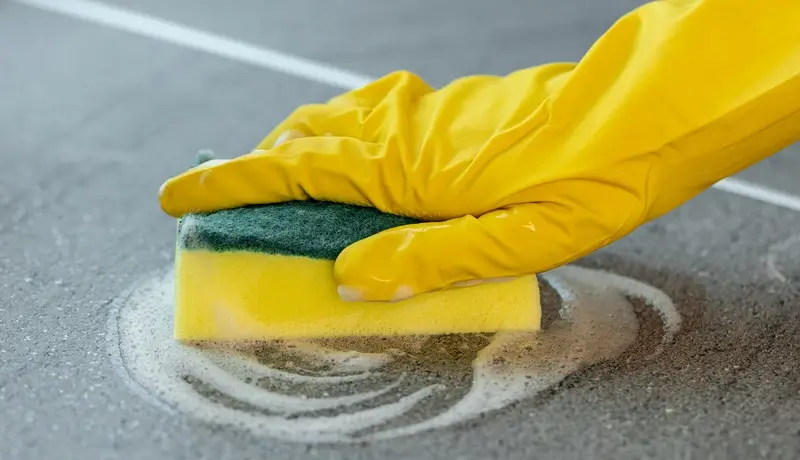Impetigo Skin Infection
Impetigo: Symptoms, Causes, and Treatment
Impetigo is a common, highly contagious bacterial skin infection that primarily affects young children but can also occur in adults. While impetigo is not typically life-threatening, early recognition and treatment are crucial to prevent the spread of infection and minimize complications. With timely medical intervention, impetigo usually resolves within a few days, restoring healthy skin.
Recognizing the Symptoms of Impetigo
Impetigo often begins with the appearance of red sores or blisters, which may be less noticeable on darker skin tones. These sores are a hallmark of the condition and typically:
- Burst quickly, leaving behind crusty, golden-yellow scabs.
- Resemble cornflakes due to their flaky, crusted appearance.
- Spread rapidly to other parts of the body through touch, especially in areas with skin-to-skin contact.

- Cause intense itching and occasional pain, which can lead to scratching and further spread.
The sores most commonly appear around the nose, mouth, hands, and arms, but they can develop on any part of the body. In severe cases, the sores may merge into larger patches, increasing the risk of complications if left untreated.
Types of Impetigo
There are two main forms of impetigo, each with distinct characteristics:
- Non-bullous impetigo: This is the most common type, characterized by small red sores that rupture and form a thick, golden-yellow crust. These sores often cluster around the face, particularly near the nose and mouth.
- Bullous impetigo: This less common form involves larger, fluid-filled blisters that are more likely to appear on the trunk or limbs. These blisters take longer to burst, leaving behind raw, red skin.
Identifying the type of impetigo can help determine the most effective treatment plan and prevent the condition from worsening.

When to See a GP or Pharmacist
It is important to consult a GP or pharmacist if you suspect impetigo, especially if:
- The infection does not improve with over-the-counter remedies.
- The sores are spreading rapidly or causing significant discomfort.
- Other symptoms, such as fever or swelling, are present, indicating a more serious condition.
Healthcare professionals can confirm a diagnosis of impetigo by examining the affected area. They may also rule out other skin infections, such as cellulitis or fungal infections, which require different treatments.
Treatment Options for Impetigo
The treatment for impetigo varies based on its severity and spread:
- Hydrogen peroxide cream: This is commonly recommended for mild cases confined to one area of the skin.
- Antibiotic creams or ointments: These are applied directly to the affected area and are effective in treating localized infections.
- Oral antibiotics: For widespread or severe cases, GPs may prescribe antibiotic tablets to address the infection internally and speed up recovery.
Most individuals experience significant improvement within a few days of starting treatment. However, it is essential to complete the prescribed course of antibiotics to prevent recurrence or antibiotic resistance.
If Impetigo Keeps Returning
Recurrent impetigo may indicate the presence of specific bacteria on the skin or in the nasal passages. In such cases, a GP may:
- Take a swab from the skin or nose to identify the bacteria causing the infection.
- Prescribe a combination of antiseptic body washes and nasal ointments to eradicate the bacteria.
- Recommend additional hygiene measures to prevent reinfection, such as frequent handwashing and regular cleaning of shared surfaces.
Preventing the Spread of Impetigo
Impetigo is highly contagious and can spread through direct contact with infected skin or contaminated objects. To reduce the risk of transmission:
- Avoid touching or scratching the sores, and cover them with a bandage if possible.
- Wash hands frequently, especially after touching the infected area.
- Refrain from sharing personal items like towels, razors, or clothing.
- Regularly wash bedding, towels, and clothing in hot water to eliminate bacteria.
Taking these precautions can help prevent the spread of impetigo to others and reduce the risk of reinfection.
When Impetigo is No Longer Contagious
Impetigo is no longer contagious:
- After 48 hours of starting prescribed treatment, such as hydrogen peroxide cream or antibiotics.
- Once the sores have dried out and formed scabs, even if untreated.
Preventing Impetigo
Protecting the skin from damage and maintaining good hygiene are key to preventing impetigo. Consider the following tips:
- Keep cuts, scrapes, and insect bites clean by washing with warm water and soap.
- Apply antiseptic ointments to minor wounds to prevent bacterial infections.
- Manage underlying skin conditions, such as eczema or scabies, which can increase susceptibility to impetigo.
By taking these steps, you can reduce your risk of developing impetigo and other skin infections.

Is Impetigo Dangerous?
While impetigo is generally a mild condition, it can lead to complications if left untreated, especially in young children, older adults, or individuals with weakened immune systems. Potential complications include:
- Cellulitis: A more severe bacterial infection that affects deeper layers of the skin and requires immediate medical attention.
- Kidney inflammation: A rare complication known as post-streptococcal glomerulonephritis, which can occur after an infection caused by certain strains of streptococcus bacteria.

Early treatment is essential to minimize the risk of complications and ensure a full recovery.
